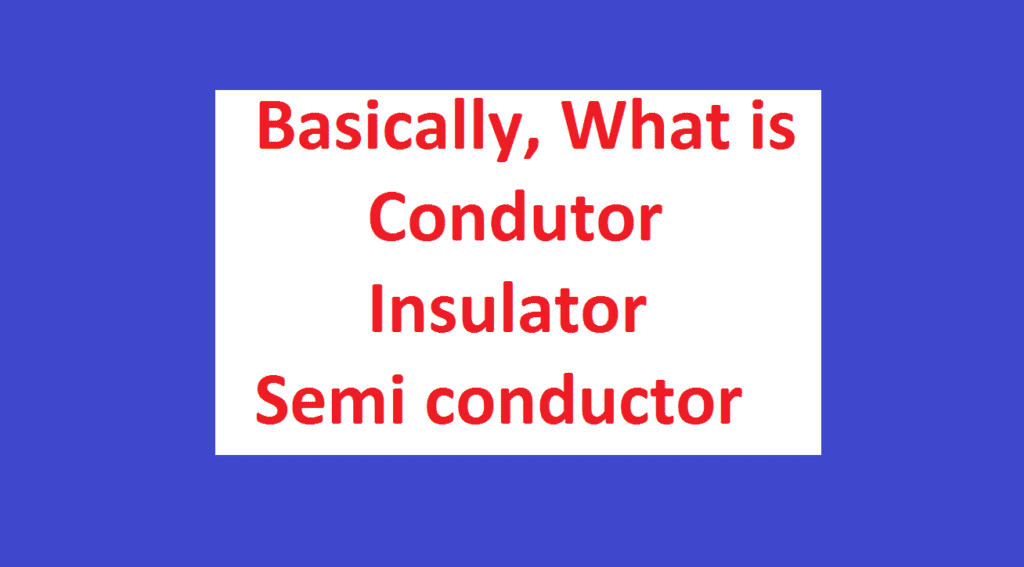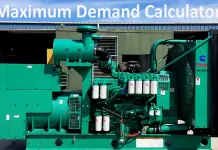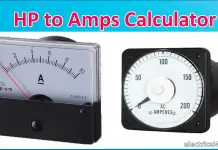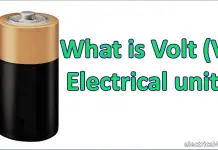Basically What is Conductor, Insulator, and semiconductor:
Basically, the material is defined according to its number of free electron in the valence band. In our Last article, we have explained about free electron theory. Please check out that for better understanding.
Conductor:
A conductor is a matter which has a huge number of a free electron. When a small external energy is applied across a conductor the free electron move free through the conductor, starts flowing current.
Example take Copper atomic structure:
Here copper has an atomic number of 29 which means copper one atom contains 29 electrons, 29 protons and some number of neutrons. Here you can see the energy orbit structure; the last one electron is revolving nucleus which is called valance electron. This is the electron is used to define the material’s electrical conductivity. The valance electron has a low attraction with the nucleus, that’s why a small energy is enough to separate the valence electron. After applying a small energy on the valence electron, it gets freely move to the other atom and so on. Due to this action, electrical current starts flowing across the material. This entire action is called conduction.
Copper Resistivity: 17.2 x 10^-9 ohm
The resistance temperature coefficient of 0.00393 per deg.
The tensile strength of 220-250 MN/m^2

Properties of high conductivity material:
1) It should Have less resistivity
2) Less Temperature coefficient
3) Good mechanical strength, High withstands tensile force, elongation, and Adsense of brittleness with good flexibility with tolerable mechanical as well as electrical load.
4) rollability and draw ability
5) Easy to weld and solder with the low melting point, even it should withstand high current density
6) It does not affect by resistance.
Semiconductor:
As you can see in the word itself semiconductor, is a matter that has very few free electrons at room temperature. Hence they are neither good conductor, not the good insulator.
Silicon and germanium have mostly used the material in semiconductor technology. It is easily and cheaply available material in the earth, that’s why all electronics material cost is very less.
Silicon and germanium are the principle semiconductor material widely used in the manufacture of devices such as transistors and integrated circuits.
The most popular powerful semiconductor in electrical is IGBT, All electrical engineers must know about IGBTs
Insulator:
Insulators are the poor conductor of electricity. It does not have free electrons in valence band at ambient temperature or room temperature. Due to this, it cannot help to flow of current.
Example: Glass, Plastics, rubber, Paper, Mica, Varnish etc. and All type of gases.
Here Mica and Varnish is the most used insulation material in Motor Winding Technology.
Properties of Insulation Material:
1) It should Have High Dielectric Strength
2) High Resistivity
3) low dielectric
4) High temperature withstand
5) High Thermal conductivity
Also, the electrical factor May affect Insulating material
1) Size of the insulation Material. Example: Thickness of the insulation Material is directly proportional to resistivity. High thickness insulation material used in high voltage application.
2) RMS value, Frequency of the voltage and Wave Form
3) Ambient Temperature and Moisture, to avoid Moisture, space heaters are highly recommended.












![What is Arc Chute? Types, Working Principle [Video Included] arc chute working priciple](https://www.electrical4u.net/wp-content/uploads/2020/06/arc-chute-218x150.png)